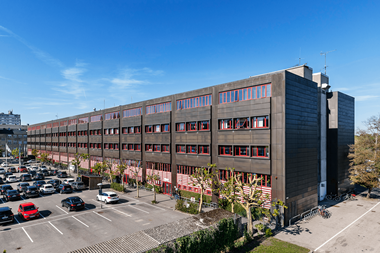German commercial real estate loan books are increasing, according to research by the country’s International Real Estate Business School (IREBS) and Real Capital Analytics.
The German Debt Project, backed by the German pfandbrief banks, found loan books rose in size by 0.8% last year. The increase is the first recorded by the University of Regensburg’s real estate research department since 2008.
IREBS said the necessary cleanup in the wake of the crisis has now been completed “to a large extent”, with the market once again growing.
The survey found that most institutions are optimistic and expect loan books to grow with new business. IREBS said 72% of the 32 surveyed financial institutions expect loan books to grow. The survey found that 32% expect an increase of more than 5%.
A weighted average loan book growth of 2.6% was predicted for this year and 3% for the next two years.
The survey found an increased willingness to lend in prime locations in secondary cities, as well as in secondary locations in prime cities.
Lack of appetite for lending in secondary cities has, IREBS said, decreased significantly, as a result of rising competitive pressure and decreased financing potential in prime cities.
“Properties in Germany, even in less-favourable locations in secondary cities, are able to obtain a broad range of finance facilities,” IREBS said.
Respondents expect margins to decrease this year and next year, with loan-to-value ratios rising.
“This is no reason for concern”, says the report’s co-author Markus Hesse, pointing to the fact that lenders increased margins gradually over the last four years, while keeping loan-to-value ratios stable and, in some cases, reducing them.
IREBS said the two most important challenges for German real estate lenders are the sharp rise in competition and increased regulatory requirements.















